The Ultimate Guide To Dealing With Tattoo Rash
A few simple tips can help clear up those pesky rashes on your new ink in no time!
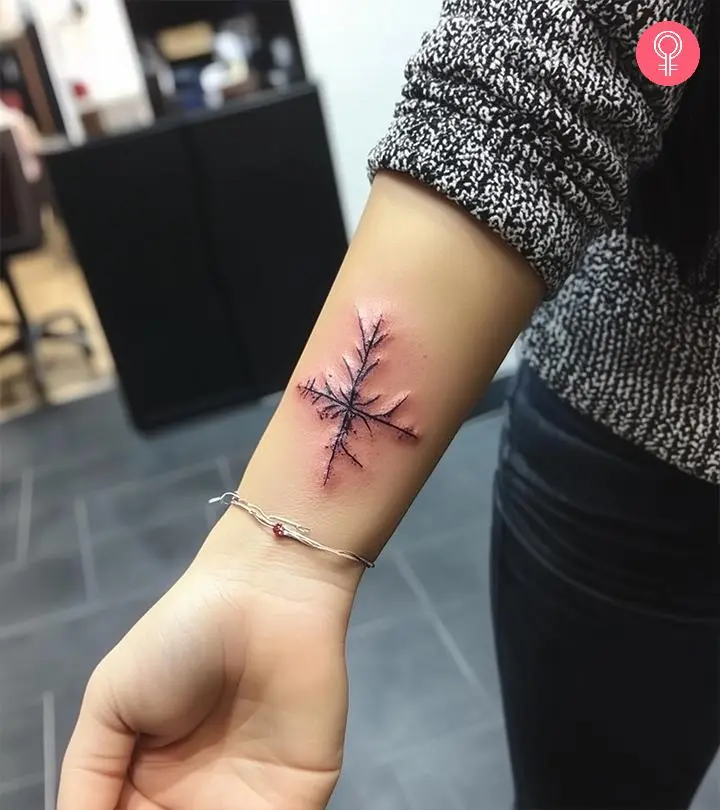
Image: Midjourney/ StyleCraze Design Team
It is not unusual for tattooed skin to develop a rash. Even after taking all the recommended measures, some people may still get a tattoo rash weeks after getting inked. Of course, it would hurt you to see your body art marred this way.
This article is for anyone who recently got tattooed and is experiencing unexpected negative effects. We will look at the causes of a tattoo rash, signs and symptoms of infection, treatment choices, and side effects. Let’s get started!
In This Article
What Happens When Tattoo Ink Is Injected Into The Skin?

Here is what happens when the tattoo artist inks your skin:
Step 1: The tool that the artist uses pricks your skin at about 100x a second.
Step 2: This swift action helps to deliver the pigments deep into your skin and ensures that the tattoo stays permanent.
Step 3: Since the deeper layer of your skin has blood vessels and nerves, the cells of the immune system spring into action and engulf the pigments.
Step 4: Typically, a majority of the pigments stay within the tattooed region, getting trapped between the skin cells and the immune cells. In rare cases, the pigment may get carried to the lymph nodes and get deposited there, causing serious health hazards in the long run.
So, how can you tell if you have a rash or it’s just normal redness that comes after a tattoo? Keep reading to know.
Key Takeaways
- An underlying skin condition, a response from your immune system, overexposure to light, or even allergens can cause a tattoo rash.
- Over-the-counter (OTC) antihistamine medications or topical ointments can help get relief from the symptoms.
- Discussing your health history with the tattoo artist before going for a tattoo can help prevent the rash.
What Is The Difference Between Redness And A Rash?
A new tattoo is very likely to cause some kind of irritation. After all, injecting ink into your skin is bound to elicit a reaction from your immune system. You may experience redness, swelling, sore skin, itching, and flaking. However, in most cases, these symptoms go away once your skin cells get the time and space to adjust to the ink. This is a classic case of tattoo redness and is a normal part of the healing process.
A rash, on the other hand, may develop over time – sometimes weeks or even months after tattooing. A tattoo rash is typically characterized by itchy bumps, increased pain, redness that becomes darker with time (as opposed to becoming lighter), and swelling (1). Additionally, the rash may sometimes look similar to acne, having pus-filled pimples that leak if you end up scratching them.
Note: If you are unable to tell the difference between a rash and redness, please consult your dermatologist. Not only can they differentiate between the two, but they can give you personalized treatment options based on the cause of the rash and your skin type.
Now that you know how to tell apart a tattoo rash from redness, it is time to dive a little deeper. Scroll down to learn about the different types of tattoo reactions you should know about!
Different Types Of Reactions To Tattoos And Possible Causes
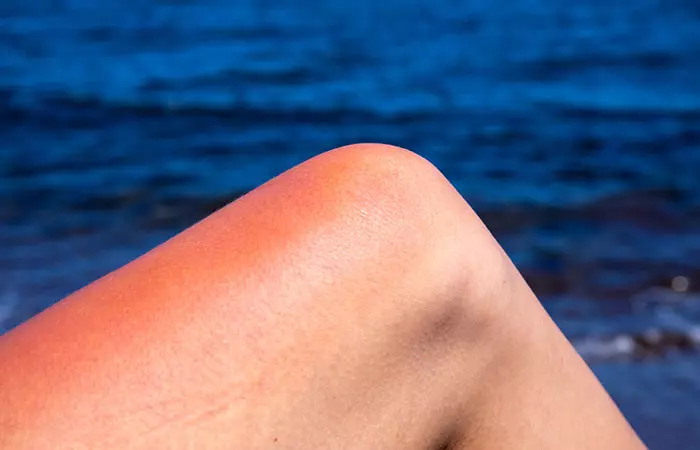
Generally speaking, you may have a reaction to your tattoo due to:
- A response from your immune system.
- An underlying skin condition that gets aggravated.
- Overexposure to light or other allergens.
That said, let us understand the different kinds of tattoo reactions that you may experience:
1. Infection: An infection may occur immediately or even after a few days/months, depending on how your body reacts to the tattoo. This happens when bacteria enter the tattooed area while the wound is still healing. Alternatively, you can get a bacterial or viral infection through an infected needle (1).
The typical signs of infection include:
- Redness, bumps, rash, and swelling around the area
- Intense itching or burning around the tattoo
- Pus oozing out from the tattoo
- Hard, bumpy tissue
Note:
These symptoms may appear even beyond the tattooed area and may be accompanied by fever or chills in severe cases.
Sam, a YouTuber, had a distressing experience due to a tattoo infection. In one of her vlogs, she reveals, “I was constantly taking my temperature; it was a stressful situation (i).” Her tattoo infection took approximately two weeks to heal, which was longer than the typical timeframe mentioned online. She adds, “I was obsessively looking at my tattoo, making sure it didn’t start getting any worse.”
2. Allergic Reaction: You may have an allergic reaction to a specific color/chemical in ink immediately or even years later. In most cases, red ink has been known to cause an allergic reaction. However, other colors may also cause such a reaction.
Additionally, you may experience an allergic reaction if you have recently had a medical treatment such as antiretroviral treatmenti A treatment for HIV that uses a combination of highly effective medicines to reduce the viral load in the body. for HIV or if you have had joint replacement surgery (2). The typical signs of an ink allergy include:
- Redness and swelling
- Skin sensitivity
- Skin irritation
- Itching and skin flaking
- Small pimple-like bumps
- Raised, scaly patches around the tattoo
- Deep lumps and skin tags
- Blisters and crusty skin
- Watery pus/fluid build-up around the tattoo
If you experience the following symptoms, you have a more severe reaction, so make sure to speak to your doctor immediately:
- Intense itching/burning/swelling around the tattoo
- Pus oozing from the tattoo
- Hard, bumpy tissue
- Chills or hot flashes along with fever
- Swelling around your eyes
- Difficulty breathing
- Racing heart
- Tightness in your chest
- Dizziness
- Stomach ache
- Flushing or hives
3. Sun Allergy: This type of reaction occurs when the ink in your tattoo gets exposed to the rays of the sun. It is known as photodermatitis in medical terms. Inks containing cadmium sulfide are most likely to react to sunlight as they contain certain reactive oxygen species that can cause heat reactions and break down the skin, causing a photosensitivity rash (3).
Note: that the photosensitivity rash can appear within minutes or hours of sun exposure, particularly with the use of black and blue inks.
The common signs of a sun allergy include:
- Swelling/redness around the tattoo
- An itchy rash of tiny bumps
- Oozing
- Skin flaking
- Blisters or hives
4. MRI Burn: The ferrous compounds in the tattoo ink may react with the magnetic energy used during an MRI scan. This can lead to an electromagnetic reaction in the area containing a tattoo. There have been case reports of tattoos causing minor reactions in the affected area (4). Though the reaction could be mild, it may cause a burning sensation, pain, swelling, or redness. But you can still undergo the procedure by placing a towel or cloth between your skin and the source of the energy waves. If you have a tattoo, inform the medical professional or the technician before the procedure to reduce the risk of adverse effects.
5. UnderlyingSkin Condition: If you have an underlying skin condition such as eczema or dermatitis, getting a tattoo can make it worse. In other words, the tattoo ends up acting as a trigger for severe skin flare-ups or when irritants touch your skin after the tattoo has healed, as is the case with contact dermatitis.
Considering that most skin conditions happen due to a weakened immune reaction, it can lead to itchy rashes, hives, and/or bumps. If you get a tattoo done in such a scenario, your skin may be more susceptible to viruses and bacteria and may be unable to ward off foreign invaders. The typical signs of an aggravated underlying skin condition (think: eczema, psoriasis, etc.) include:
- Dry and cracked skin
- White bumps
- Scaly, tough, and peeling skin
- Sores or lesions
- Discolored skin areas
- Bumps or warts
Possible skin conditions that might get triggered include:
- Psoriasis
- Eczema
- Vitiligo
- Keloidi A rare overgrowth of scar tissue caused by excess collagen in the skin after an injury, acne, or surgical incision.
- Scars
- Sarcoidosisi A disease with a growth of small collections of inflammatory cells in the lungs, skin, and eyes that causes organ inflammation.
- Skin cancer
Note:
If you end up getting a tattoo in an unhygienic environment, your chances of developing a bacterial infection or viral infection skyrocket. You may experience the underlying skin condition within 3-20 days of getting inked, or in other cases, it may take years to appear. In fact, in rare cases, skin cancer may appear within the tattoo.
5. Acne Breakout: Pimples are small, fluid-filled bumps that occur when oils, dirt, bacteria, dead skin cells, etc., end up blocking the follicle openings. So when you get a tattoo done, your skin is exposed to foreign matter that can get stuck in the hair follicles and cause an acne breakout. Some of the common symptoms of an acne breakout include:
- Whiteheads/blackheads
- Red bumps
- Bumps with fluid or pus
- Swollen painful bumps
 Quick Tip
Quick TipNow that you have the basics in place, let us look at the various treatment options available at your disposal.
Top Treatment Options Available For Tattoo Rash
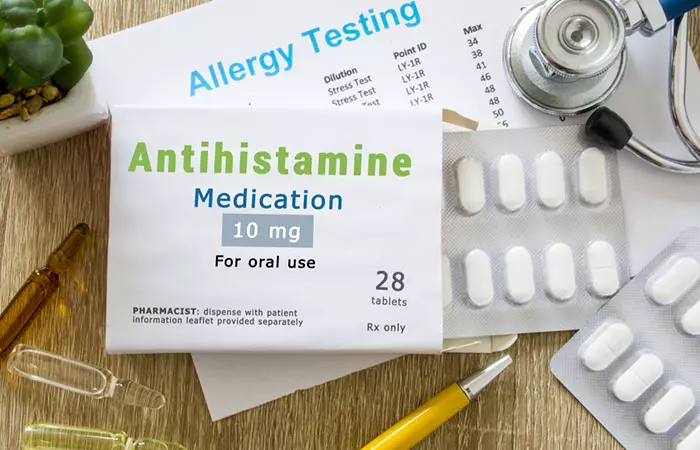
Let’s at the treatment options available for every kind of tattoo reaction we have covered so far:
1. Infection: To treat an infection, reach out to your doctor right away. They will examine the condition and prescribe antibiotics to offer relief and help clear out the infection.
Additionally, make sure to:
- Give your body ample rest so that your immune system can fight off the infection.
- Make sure to use a cold compress to get rid of the associated symptoms such as pain, swelling, and fever.
- Clean your tattoo regularly to keep the bacteria at bay.
- Monitor the tattoo infection regularly for any unusual changes or worsened symptoms. In this case, consult a doctor right away.
2. Allergic Reaction: To treat an allergic reaction to a tattoo, here’s what you need to do:
- In case of a mild reaction, reach out to your tattoo artist and ask if there is any OTC that you can use. If the reaction persists for more than 1 to 2 weeks, go see a board-certified dermatologist.
- In case of a more severe reaction, speak to a doctor immediately and take an over-the-counter (OTC) antihistaminei A group of medications that relieve multiple allergy symptoms as well as the common cold, sneezing, and influenza. to get relief from the symptoms.
- Apply a topical ointment such as hydrocortisone or a triamcinolone cream, which can provide relief from local inflammation and irritation.
Note:
If these treatments do not work, consult your doctor for a stronger dose of medication.
3. Sun Allergy: To treat a tattoo rash due to a sun allergy, you can:
- Apply a cold compress to relieve some of the discomfort.
- Apply fresh aloe vera gel to soothe the sunburn while moisturizing your skin at the same time.
- Take an antihistamine medication to reduce itching and other tattoo allergy symptoms after consulting with your doctor.
Additionally, as a precautionary measure to prevent a rash from sun exposure, follow the steps outlined below:
- Apply sunscreen at least 15-20 minutes before you step outside. Make sure that the sunscreen is SPF 30 or higher, offers broad-spectrum protection, and is water-resistant.
- Wear clothes that cover your tattoo before stepping outdoors.
- Stay in shaded areas to reduce sun exposure as much as possible.
4. Underlying Skin Condition: After getting a tattoo done, make sure to keep the following pointers in mind to tackle any underlying skin condition that may occur:
- If you are prone to getting scars or already have keloids, reconsider getting a tattoo as scarring can ruin its appearance.
- If you notice any of the signs of a skin condition (as mentioned in the previous section), speak to a board-certified dermatologist immediately. They can assist you with the right diagnosis and help create a treatment plan.
- To get immediate relief from the pain, rash, and swelling, you can use a cold compress. Simply take a clean towel and soak it in cold water. Then, press it against your skin for about 10-15 minutes three times a day.
- You can also take an antihistamine to reduce the itching and other allergy symptoms, but make sure to consult your doctor first.
- You can apply an OTC anti-itch ointment to reduce inflammation and other symptoms such as irritation and redness. Possible options include hydrocortisone cream or calamine lotion.
- Always moisturize your skin after taking a shower. Plus, make sure to use a gentle, unscented moisturizer.
- If you wish to soothe any tattoo blisters and get relief from the severe rash, use a colloidal oatmeal lotion or indulge in a warm oatmeal bath.
- If you continue to experience symptoms of contact dermatitis, see your doctor. For severe or more widespread symptoms, they may prescribe short-term oral or topical steroids to help control inflammation.
5. Acne Breakout: If you have an acne breakout on and around your tattoo, follow these steps:
- Make sure to get clear-and-cut aftercare instructions from your tattoo artist.
- Do not use any kind of acne products on your tattoo. Otherwise, you risk interfering with the natural healing process.
- Make sure to shower consistently to prevent the skin from getting too oily or sweaty.
- Gently wash around your tattoo and only use unscented soap and warm water.
- Avoid wearing tight-fitting clothes around your tattoo till the acne clears out.
- If your symptoms persist, visit a doctor and follow the treatment plan prescribed by them.
Note:
Often, pimples go away without any treatment. So, wait a few days for the pimple to clear out on its own.
Next, it is time to look at the top tips to prevent a tattoo rash altogether. It is time to get proactive!
Tips To Prevent A Tattoo Rash

Before getting a tattoo, it helps to take a few steps to learn about any possible reactions you may have. So, here are a few good tips to follow:
- Figure out if you have any existing allergies. You can always make an appointment with an allergist and get an in-depth report. This will allow you to identify the triggers/ingredients to steer clear of.
- Figure out if you have any underlying skin conditions such as psoriasis, eczema, etc., which may become worse after getting inked.
- Do not get a tattoo if you have a weak immune system or are sick as it can cause a tattoo rash.
- Do your homework and choose a reputable as well as a certified tattoo artist.
- Ensure that the tattoo shop has a valid license and is following all the health and safety standards.
- Check out online reviews of the shop. You can ask people who have tattoos for recommendations.
- Enquire about the kind of ink/ingredients the tattoo artist will use.
- Speak to the artist about the aftercare and do not skimp on the aftercare steps.
- Communicate your health history with them before getting a tattoo.
- Ensure that the tattoo artist wears a new pair of gloves and uses sterilized tools before starting the process of tattooing.
 Quick Tip
Quick TipAt this stage, the most important question circling your mind might be…
When Should You See Your Tattoo Artist Or Doctor?

If you are worried about the post-tattoo rash and the associated pain, swelling, and/or oozing, visit your tattoo artist first. Talk to them about your symptoms so that you have a clear understanding of the kind of ink that they have used and the steps that they have undertaken while doing the tattoo. Make sure to take notes to get the specifics right.
Once you have all the information, visit your doctor right away and communicate to them all the information you just gathered. The little details will help your doctor to understand what might have caused the rash and recommend the right treatment option.
If you are wondering about how long the allergic reaction is likely to last, keep reading.
How Long Does It Take For A Tattoo Allergic Reaction To Go Away?
Typically, a mild to moderate tattoo rash clears up within two weeks. If your rash persists beyond that, consult a doctor.
Note: If there is scarring or swelling in the tattoo area while healing, do not worry as long as they disappear within a week and do not return. Otherwise, you may need to consult a doctor.
Note: All the information provided in this article should not be considered medical advice. The article is written based on scientific studies, anecdotal evidence, and expert opinions. However, you should consult a doctor for a more personalized approach, especially if you have any existing skin or health issues.
Infographic: Different Tattoo Reactions And How To Treat Them
Tattoos have been a trend in the past decades, and many youngsters have the urge to print their thoughts on their skin to speak their minds. However, if not done right, tattoos can irritate the skin and even cause a rash. Are you experiencing any such reaction? Well, worry not. It is possible to treat a tattoo rash with simple solutions. Check out the infographic below to learn more. Illustration: StyleCraze Design Team
Microneedling is a minimally-invasive medical procedure that helps reduce scars. In this process, a device is used to create micro-wounds on your skin to promote collagen production, cell turnover and replace scar tissue with healthy tissue. It is quick, cost-effective, and safe. Depending on your scar and skin type, you may have to attend at least three to four sessions. Though you can do microneedling at home, it is best to visit a dermatologist and do it under their supervision. You might experience a few reactions soon after the procedure, but they will go away in some days.
Frequently Asked Questions
Can your body reject tattoo ink?
Yes, your body can reject tattoo ink even after years of getting tattooed. These allergic reactions can be triggered by other treatments, like joint replacement surgery.
Can a tattoo cause folliculitis?
Yes, an infected tattoo can indeed cause folliculitis. Folliculitis refers to the small red bumps that appear around the tattoo when it becomes infected.
Can a tattoo rash lead to other complications or health issues?
Yes, a tattoo rash may lead to other non-severe complications or health issues. It might trigger skin issues such as eczema or psoriasis around the tattoo. Make sure to consult a doctor immediately to avoid any infections.
Are there any long-term effects of a tattoo rash that I should be aware of?
No, there aren’t any long-term effects of a tattoo rash that one should be aware of. Usually, it heals with medical consultation in a few days.
Can a tattoo rash occur even after the tattoo has healed?
Yes, a tattoo rash can occur even after the tattoo has healed. Rashes are caused by allergies that can happen anytime even after getting inked.
Is a tattoo rash contagious to others?
No, tattoo rash is not contagious to others. However, it might spread to other parts of the body as per the severity.
Should I avoid getting a tattoo in certain areas of my body if I am prone to developing a tattoo rash?
Yes, you should avoid getting a tattoo in certain areas of your body if you are prone to developing a tattoo rash. If you are allergic to color pigments, refrain from getting inked.
Learn how to identify allergic reactions to tattoos with this helpful video! Check it out to discover the signs and symptoms to look out for and how to treat them.
Personal Experience: Source
StyleCraze's articles are interwoven with authentic personal narratives that provide depth and resonance to our content. Below are the sources of the personal accounts referenced in this article.
i. My Tattoo INFECTION Experience – HORRIFYING!https://www.youtube.com/watch?v=uxbqujZWCGo
References
Articles on StyleCraze are backed by verified information from peer-reviewed and academic research papers, reputed organizations, research institutions, and medical associations to ensure accuracy and relevance. Read our editorial policy to learn more.
- The Risk of Bacterial Infection After Tattooing
https://www.ncbi.nlm.nih.gov/pmc/articles/PMC5290255/ - Tattoo reactions in an HIV patient: Autoeczematization and progressive allergic reaction to red ink after antiretroviral therapy initiation
https://www.ncbi.nlm.nih.gov/pmc/articles/PMC4809398/ - Tattoo reaction: Case series
https://pdfs.semanticscholar.org/c169/4a508891673431ed45fa017d8f395a88067b.pdf - Tattoo-Induced Skin “Burn” During Magnetic Resonance Imaging in a Professional Football Player
https://www.ncbi.nlm.nih.gov/pmc/articles/PMC3445217/
Read full bio of Dr. CP Thajudheen
Read full bio of Arshiya Syeda
Read full bio of Ramona Sinha
Read full bio of Monomita Chakraborty







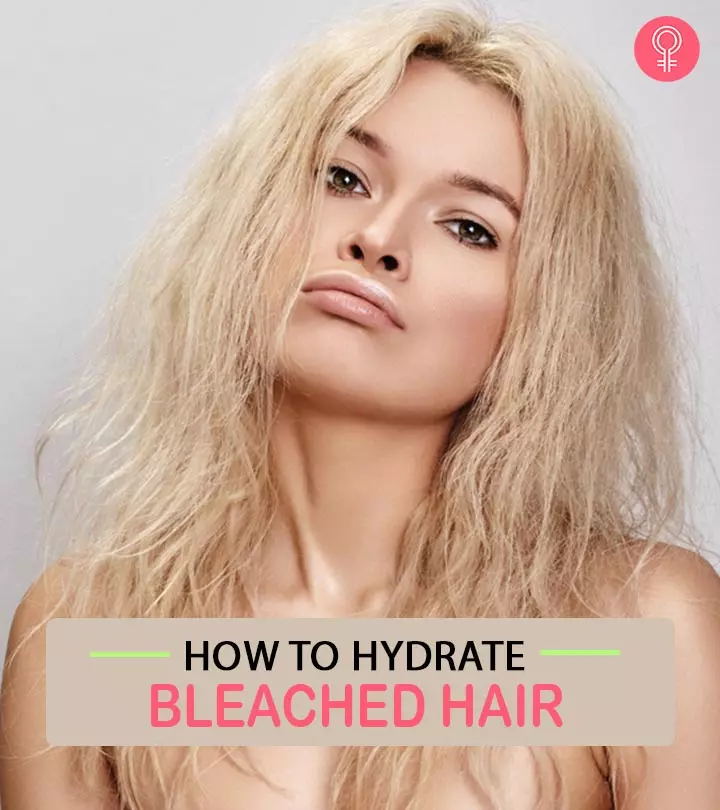

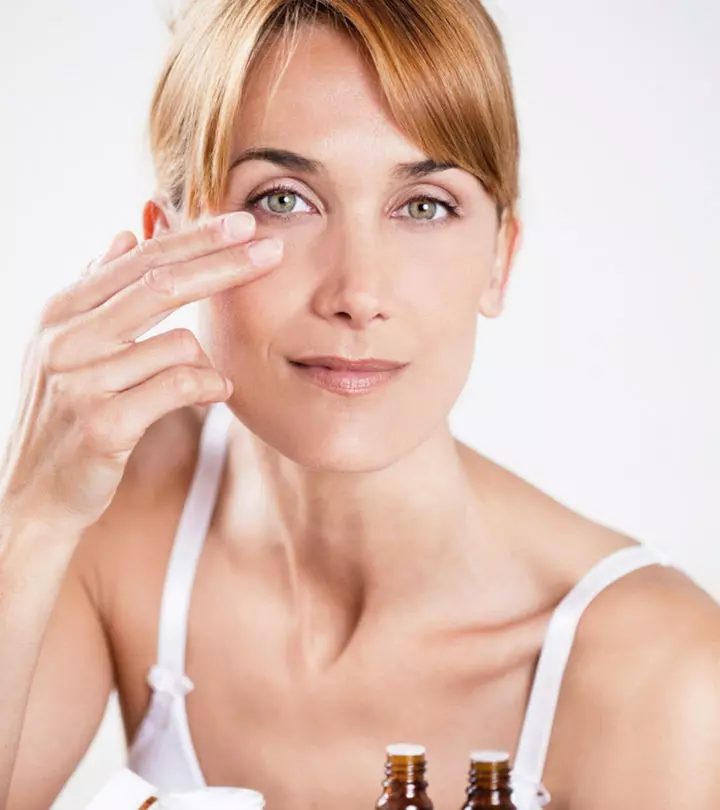



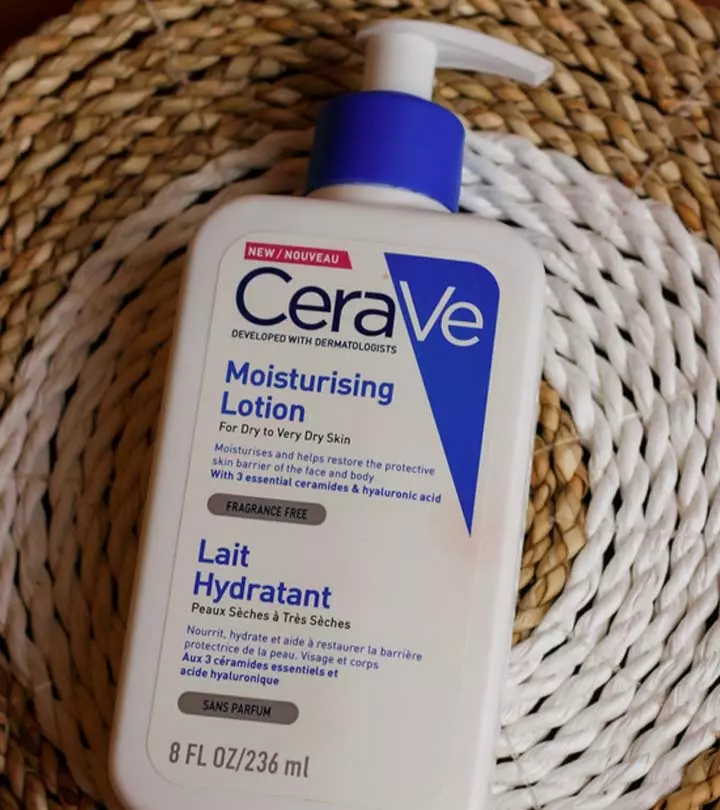

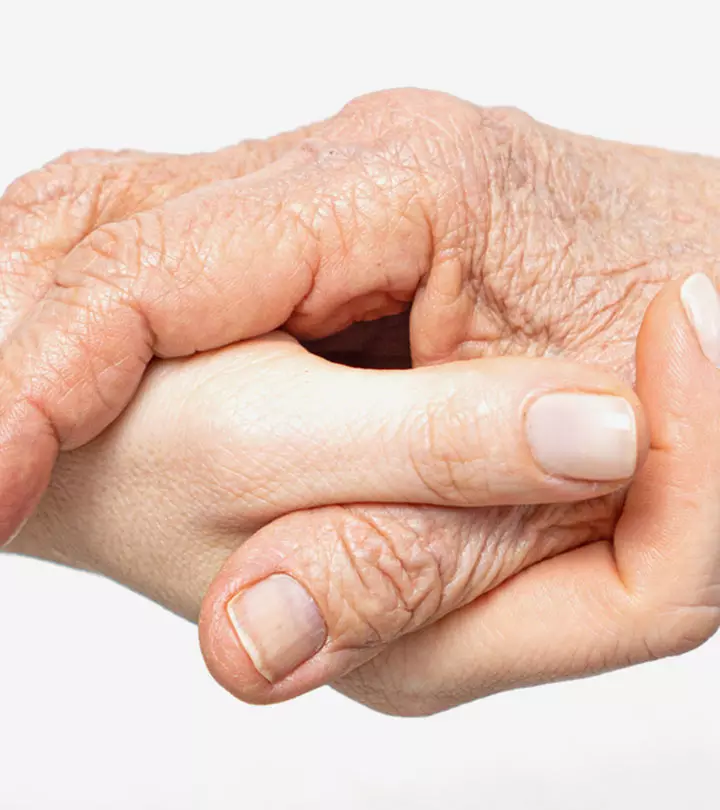

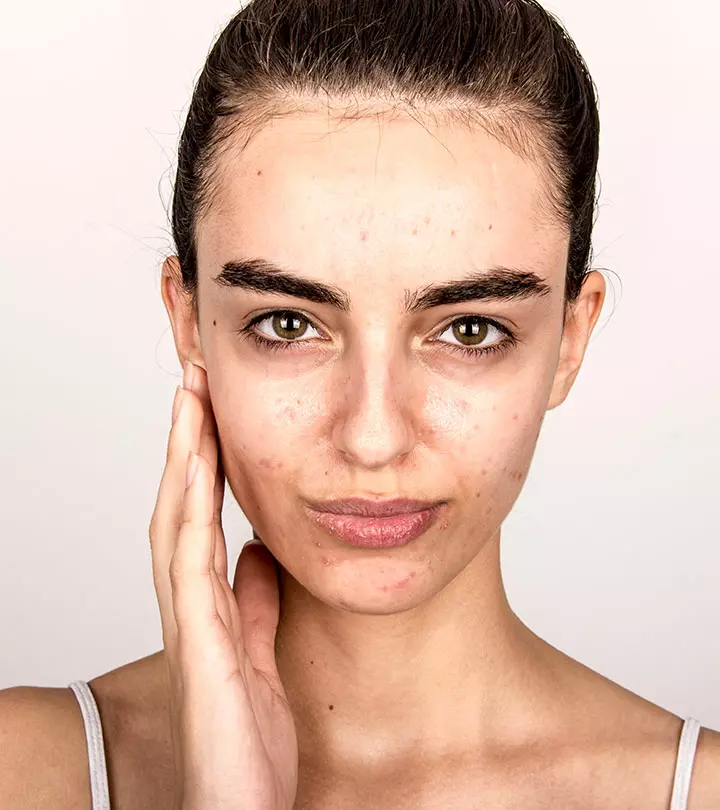
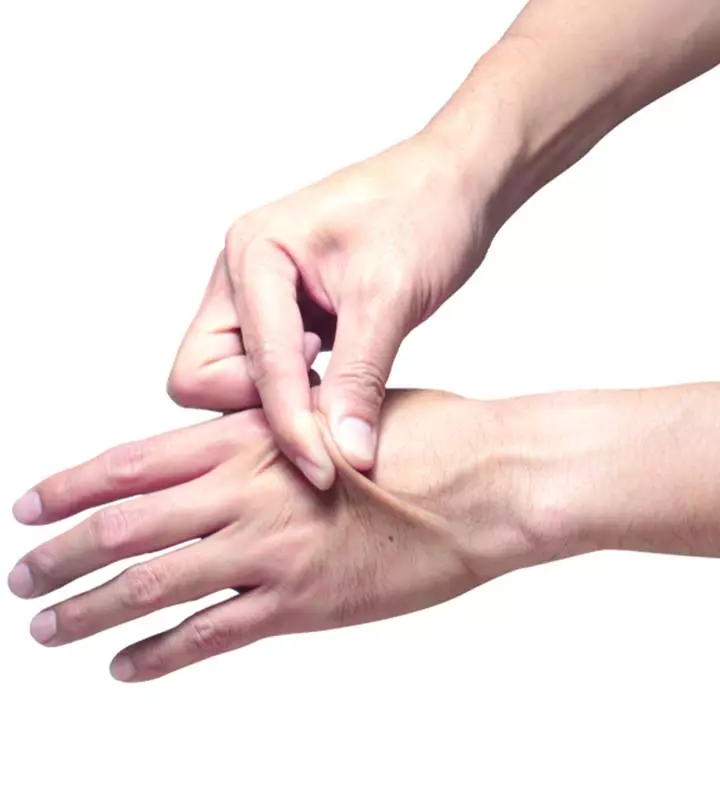
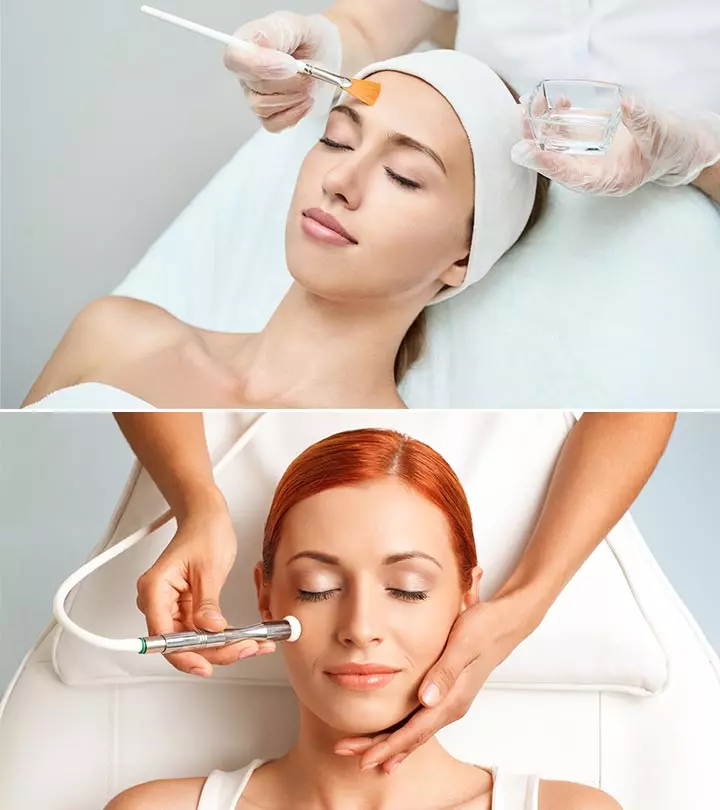

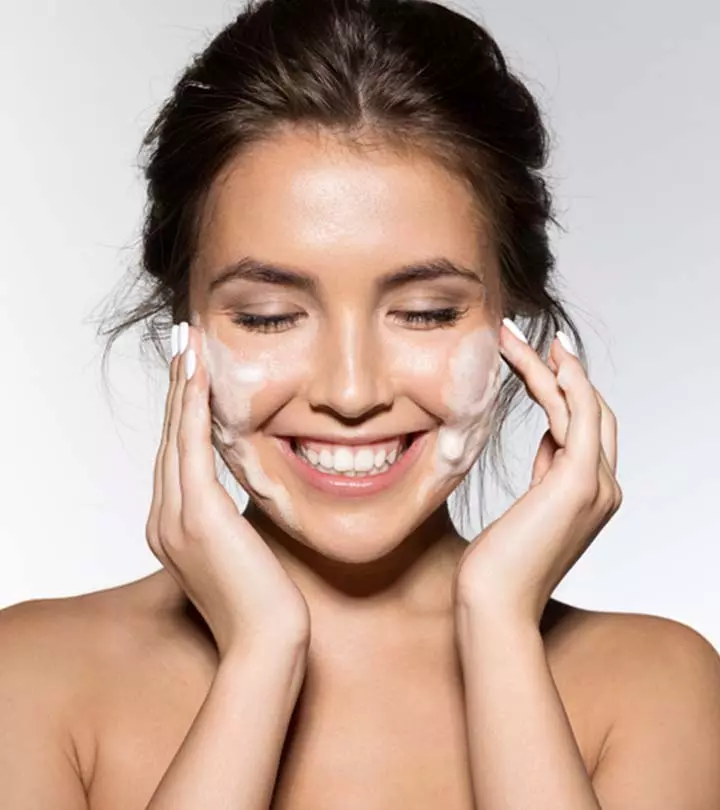

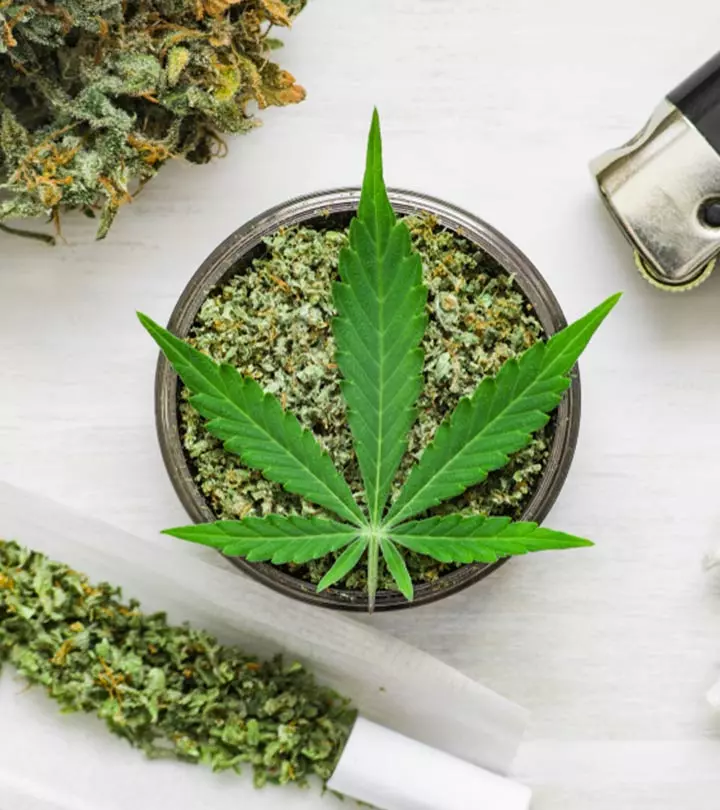
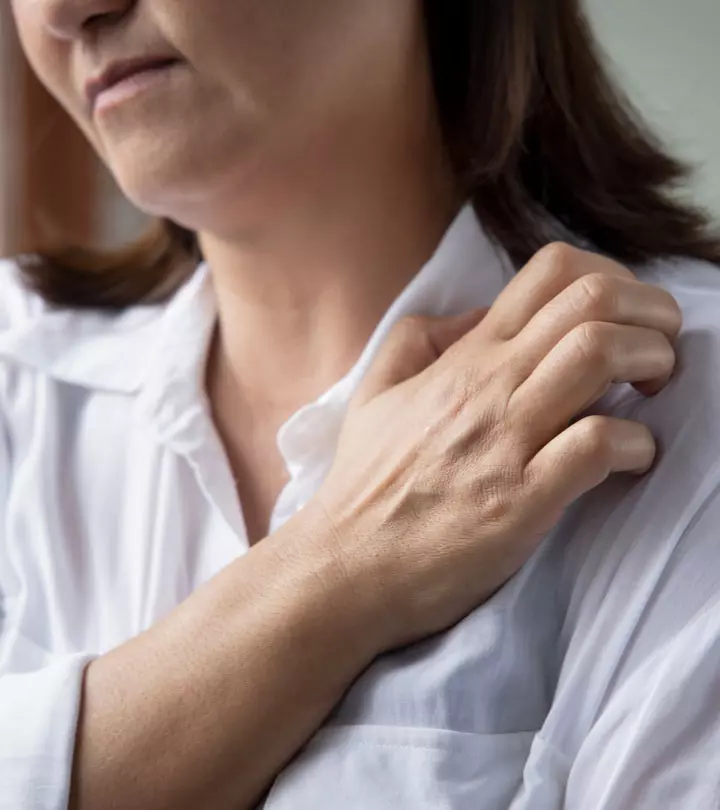
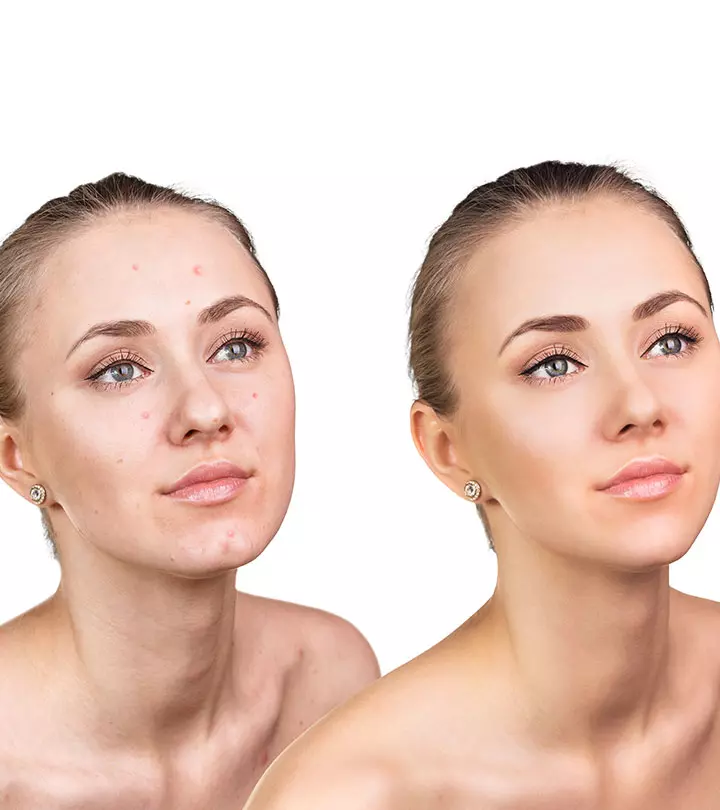

Community Experiences
Join the conversation and become a part of our empowering community! Share your stories, experiences, and insights to connect with other beauty, lifestyle, and health enthusiasts.